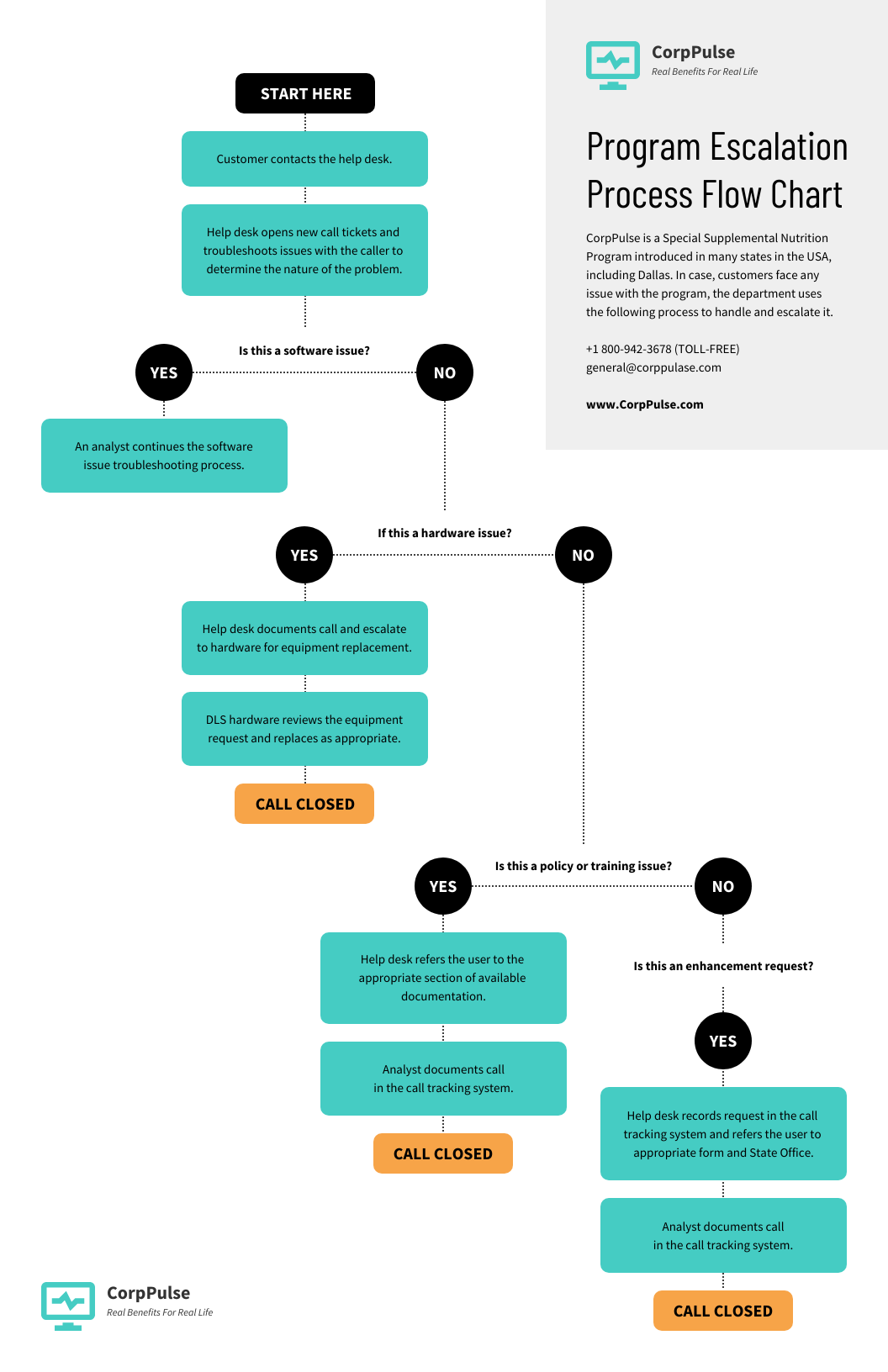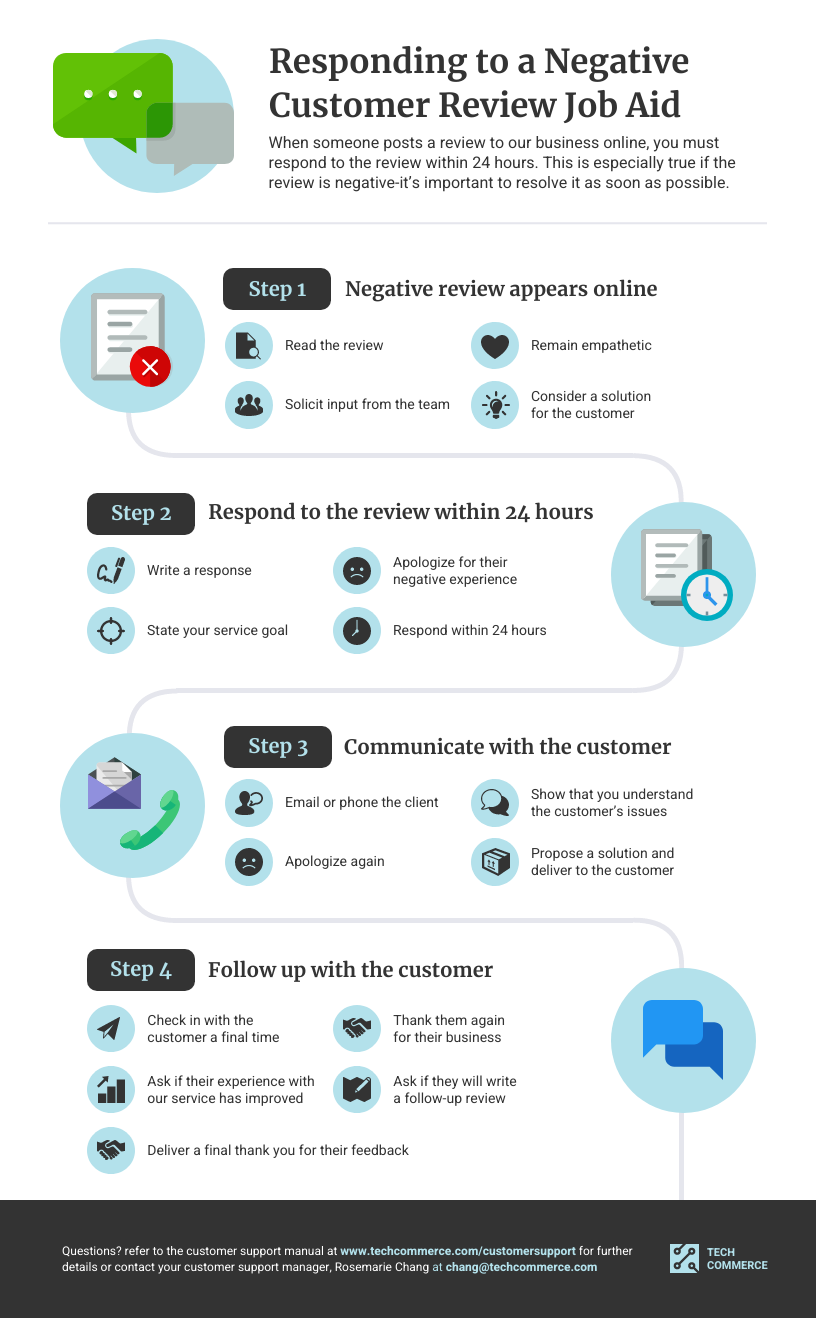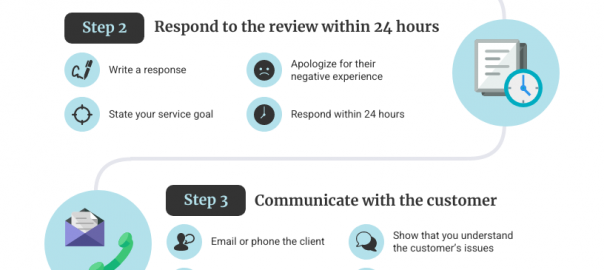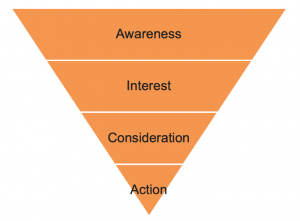Creating a job aid has become an essential task for management, especially since the way businesses function has changed dramatically over the last year.
Many organizations are still wondering how to boost productivity when employees are working from home. The answer is in using a visual like a job aid.
What are the Benefits of Creating a Job Aid?
Visual aids can scale the amount of work an employee can complete, as well as the quality of work. These guides also have a proven track record in terms of return on investment.
By creating an effective job aid, businesses can reinforce what has been implemented in the training process, facilitate better decision making, and reduce errors at work.
This leads to better workflow and time management across the organization.
How Can Businesses Create Successful Job Aids?
Managers need to create visual references that lead to positive results in terms of productivity and quality of output.
How can they achieve this? The infographic below outlines the steps for creating job aids.
It’s important to remember that work aids aren’t training materials or work tools—they are documents and guides that help employees during their job.
We look at how managers can creating a job aid that will increase productivity, and consequently, business growth opportunities, in 2021.
1. Gather Relevant Information
Understanding the audience for the reference materials you design will make the aids more impactful, and help employees increase productivity at work.
Determine who the visuals are being created for—entry-level employees will need different references from managerial staff or C-Suite executives.
Survey your team to learn their specific needs—supplement these with one-on-one interviews for a closer understanding of individual needs.
To conduct this needs analysis, a bottom-up approach is more democratic because it allows employees to share their requirements with management, instead of it being dictated to them.
2. Pick Your Visual Aid Format
There are numerous types of work aids that managers can design, including:
- Step by step aids
- User onboarding visuals
- Flow charts
- Checklists
- Decision tables
- Reference guides
Managers need to create the right kind of job aid that will increase employee productivity—the right content in the wrong format will be confusing and lead to poor decision-making.
For instance, if a particular task depends on several ‘yes’ or ‘no’ decisions, a flow chart like the below example, will be a preferable format to a checklist, which is better for non-linear tasks.

Source: Venngage
While a decision table and a reference guide require multiple inputs and decisions, a table works just as well without illustrations, while a guide is highly dependent on visuals.
Choosing the right type of visual aid will boost employee productivity in the long run.
3. Design the Job Aid
We mentioned earlier that job aids don’t substitute as training materials—they’re meant to share instructions. That affects how teams create job aids.
These visuals don’t need large amounts of text to be understood—most of the time, employees will only want a quick look at the guide to continue doing their work.
Write direct instructions—’click X button’, ‘enter data on line 4’, ‘print log’—and keep the sentences short and easy to skim, like in this job aid example below.

Source: Venngage
Consistency is important when creating work aids. Don’t use too many word variations, especially for similar operations. Stick with a specific set of terms to facilitate workflow.
Some guides can include an introduction but only if necessary—redundant paragraphs and words will only slow down the workflow.
4. Test the Aids with Employees
The whole point of creating a job aid is to help employees work better. If the target audience isn’t finding the aids useful, then the operation hasn’t succeeded.
Before designing the job aids, test out a prototype version with a selection of employees who will be using it on the job. Get feedback from them and revise accordingly.
Here are some of the questions to ask employees about the prototype:
- How clear were the steps?
- Were the steps in order?
- Did more information need to be added?
- Was there too much information?
- Did the guide miss any points?
Once the feedback has been consolidated, ask managers and stakeholders to approve the instructions and design. This will help ensure that the aids are implemented correctly.
Key Takeaways: Creating a Job Aid in 2021 Will Help Business Growth
Business growth can only be achieved if employees are productive and happy in the workplace.
Creating an effective job aid will make it easier for employees to complete their tasks while improving their decision-making abilities.
Business & Finance Articles on Business 2 Community
(34)








